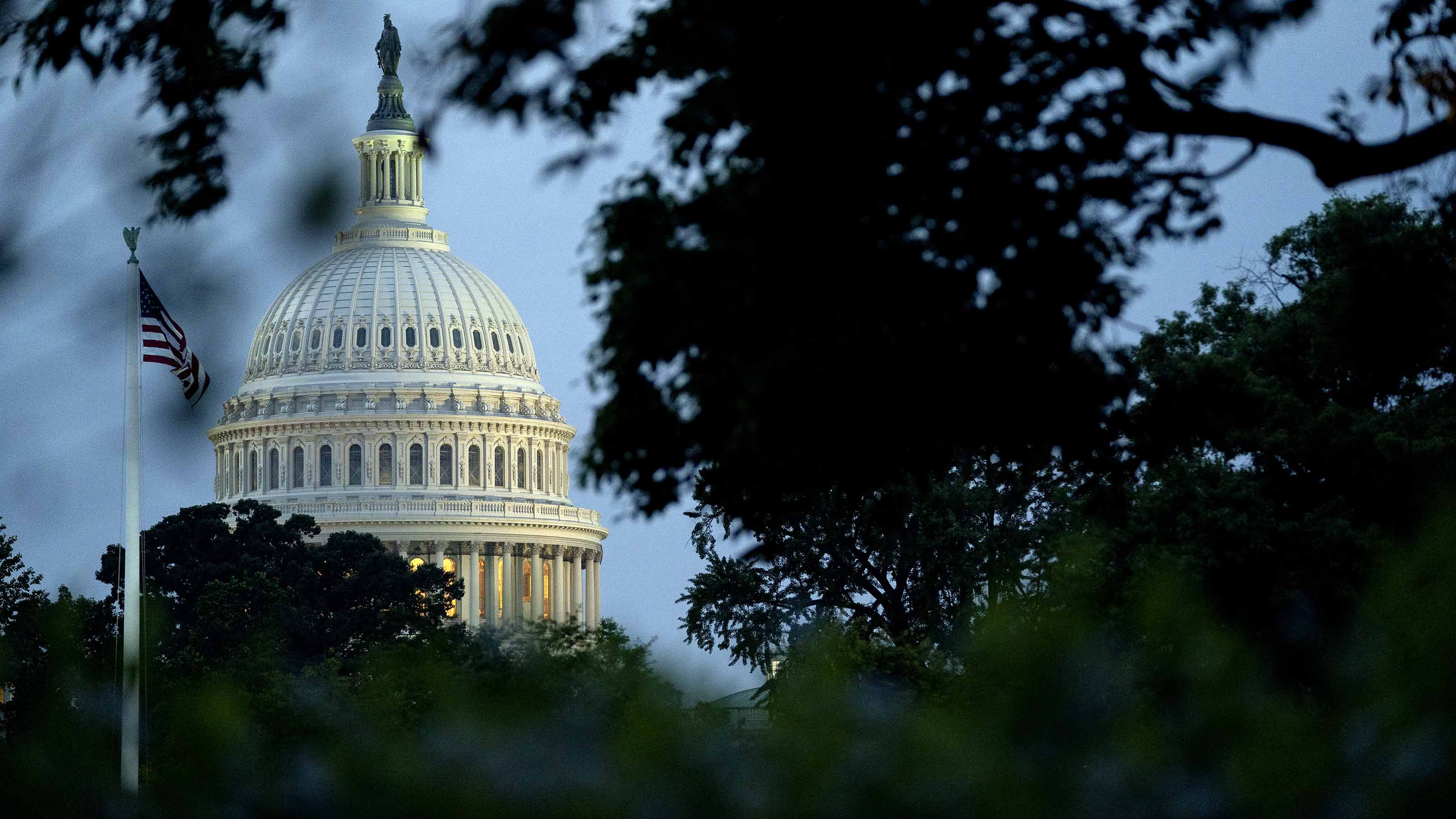More Trouble for Housing: Mounting Foreclosures
Job losses and declining prices, though moderating, are still contributing to mortgage defaults and delinquencies.

The rising tide of foreclosures spells trouble for the FHA, the Federal Housing Administration. Despite the agency’s insistence that a taxpayer-funded bailout isn’t in the cards, Uncle Sam’s housing insurance fund likely will need a $50-billion infusion next year to cover losses incurred when some borrowers it has insured default on their mortgages.
What’s more, the foreclosure flood will dampen the housing recovery. Sales of foreclosed homes likely will reach 1.9 million in 2010, up from about 1.7 million this year. That compares with a typical tally of about 500,000 foreclosures per year before 2007 when the housing bubble burst.
One reason for the coming increase: Mortgage companies have been holding off, as they have struggled to determine which borrowers qualify for federally backed mortgage modifications. But by year-end, the uncertainty should abate as lenders realize that relatively few borrowers will qualify for help.
From just $107.88 $24.99 for Kiplinger Personal Finance
Become a smarter, better informed investor. Subscribe from just $107.88 $24.99, plus get up to 4 Special Issues

Sign up for Kiplinger’s Free Newsletters
Profit and prosper with the best of expert advice on investing, taxes, retirement, personal finance and more - straight to your e-mail.
Profit and prosper with the best of expert advice - straight to your e-mail.
Making matters worse, unemployment is likely to climb over 10% next year, pushing additional homeowners over the edge. And there is another surge of adjustable rate loans that are due to reset at higher rates. Mark Zandi, chief economist with Moody’s Economy.com, thinks it’ll be 2011 before the number of foreclosures ebbs, receding to about 1.1 million, as the economy improves.
The steady rise in foreclosures has resulted in a matching decline of single-family housing starts. They marched steadily upward from 2001 to 2007, hitting a peak of 1.7 million that year. A bottom of about 500,000 starts will be reached this year, followed by a small increase in 2010. James Fielding, a housing analyst with Standard & Poor’s, says that homebuilders’ biggest competition is from “Foreclosure Inc.” With a slew of foreclosed existing homes on the market, builders have to sweeten the pot to attract buyers to new homes, in many cases eliminating their profits.
The lawns of some existing homes that aren’t in foreclosure are likely to sprout for-sale signs as well. Convinced that the somewhat-improved economy will make it easier for them to find buyers, would-be home sellers will decide to list their properties.
Still, the supply of houses will creep lower. The inventory of unsold new homes is down 54% from its peak, and existing home inventory is down about 20%. Sales are being aided by historically low mortgage interest rates of around 5%.
Sales will get a further lift from the flattening price trend, as would-be buyers perceive that the bargain basement sale won’t last forever. We expect the national median price on existing homes to drop by about 4% in the first half of next year, then level out in the second half. Look for the median price on new homes to slip an additional 2% in the first half, then climb 2% by year-end. For both new and existing homes, the national median price will decline about 12% this year.
For weekly updates on topics to improve your business decisionmaking, click here.
Profit and prosper with the best of Kiplinger's advice on investing, taxes, retirement, personal finance and much more. Delivered daily. Enter your email in the box and click Sign Me Up.

-
 Nasdaq Sinks 418 Points as Tech Chills: Stock Market Today
Nasdaq Sinks 418 Points as Tech Chills: Stock Market TodayInvestors, traders and speculators are growing cooler to the AI revolution as winter approaches.
-
 23 Last-Minute Gifts That Still Arrive Before Christmas
23 Last-Minute Gifts That Still Arrive Before ChristmasScrambling to cross those last few names off your list? Here are 23 last-minute gifts that you can still get in time for Christmas.
-
 The Rule of Compounding: Why Time Is an Investor's Best Friend
The Rule of Compounding: Why Time Is an Investor's Best FriendDescribed as both a "miracle" and a "wonder," compound interest is simply a function of time.
-
 AI Appliances Aren’t Exciting Buyers…Yet
AI Appliances Aren’t Exciting Buyers…YetThe Kiplinger Letter Artificial intelligence is being embedded into all sorts of appliances. Now sellers need to get customers to care about AI-powered laundry.
-
 What to Expect from the Global Economy in 2026
What to Expect from the Global Economy in 2026The Kiplinger Letter Economic growth across the globe will be highly uneven, with some major economies accelerating while others hit the brakes.
-
 The AI Boom Will Lift IT Spending Next Year
The AI Boom Will Lift IT Spending Next YearThe Kiplinger Letter 2026 will be one of strongest years for the IT industry since the PC boom and early days of the Web in the mid-1990s.
-
 Amid Mounting Uncertainty: Five Forecasts About AI
Amid Mounting Uncertainty: Five Forecasts About AIThe Kiplinger Letter With the risk of overspending on AI data centers hotly debated, here are some forecasts about AI that we can make with some confidence.
-
 Worried About an AI Bubble? Here’s What You Need to Know
Worried About an AI Bubble? Here’s What You Need to KnowThe Kiplinger Letter Though AI is a transformative technology, it’s worth paying attention to the rising economic and financial risks. Here’s some guidance to navigate AI’s future.
-
 Will AI Videos Disrupt Social Media?
Will AI Videos Disrupt Social Media?The Kiplinger Letter With the introduction of OpenAI’s new AI social media app, Sora, the internet is about to be flooded with startling AI-generated videos.
-
 What Services Are Open During the Government Shutdown?
What Services Are Open During the Government Shutdown?The Kiplinger Letter As the shutdown drags on, many basic federal services will increasingly be affected.
-
 The Economy on a Knife's Edge
The Economy on a Knife's EdgeThe Letter GDP is growing, but employers have all but stopped hiring as they watch how the trade war plays out.